Science at home! Fun homemade experiments for the little ones. Today we will learn about the Density and Buoyancy!
Hello friends of @steemiteducation, the education of our children is fundamental for us as parents and that is why we always have to look for the best teaching tools that help us transmit knowledge in a practical and fun way. The experiments at home are a very valuable tool that we have to take advantage of, they offer us infinite possibilities that we must use to teach.Today we will study density and why objects float through a simple but fun experiment. Today we will continue working with two very important concepts Density and Buoyancy, this time we will do it through an experiment that children will love since it involves a balloon, it will be very fun and you will see it.
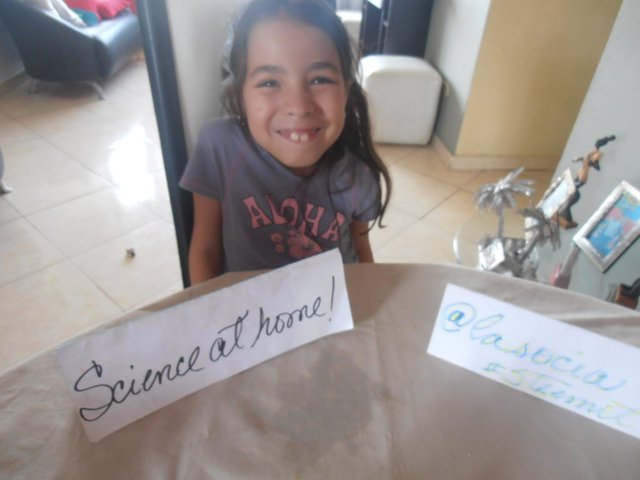
OLYMPUS DIGITAL CAMERA
But before we start, let's review the terminology.
What is Density?
That an object floats or sinks in a liquid depends on the relation between the densities of the object and the liquid. The density of a substance is obtained by dividing its mass by its volume. Volume is the space it occupies and mass is easily measured with a weight or scale. If we divide the mass between the volume density is obtained.
What is buoyancy?
Buoyancy is the ability of a body to stay within a fluid. A simple way to explain it is that for an object to float it is necessary that the push-up is greater than the weight and that depending on the density of the object and the fluid it floats more or less.
Yes now! Let's go with the experiment:
Materials:
- With water A balloon Alcohol An injector A glass of water
- .Salt
- One teaspoon
- A balloon
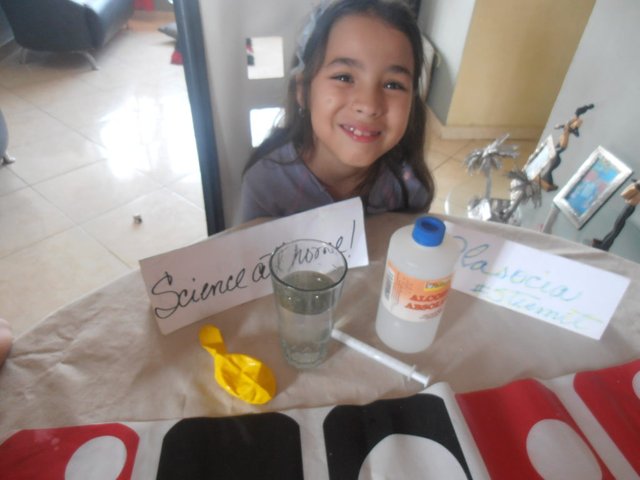
OLYMPUS DIGITAL CAMERA
Procedures:
- We inflate the balloon and leave a little air inside.
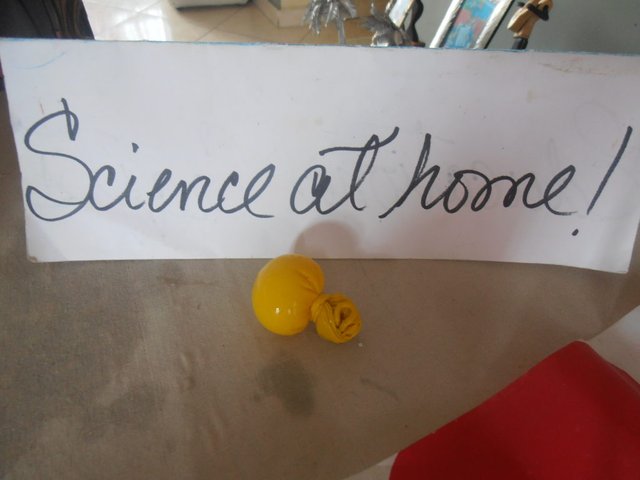
-
Then in the half full glass of water, we place the balloon and see that it floats on the surface.
- Then with the help of an injector, we put a little alcohol on the walls of the glass.
- Note that when you add alcohol after a few seconds the balloon sinks into the bottom of the glass.
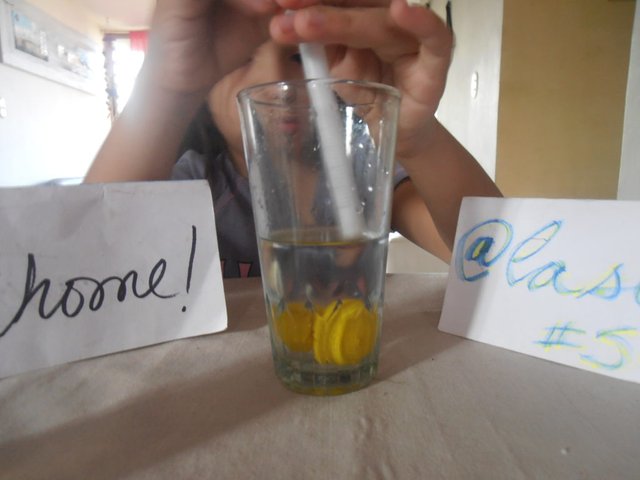
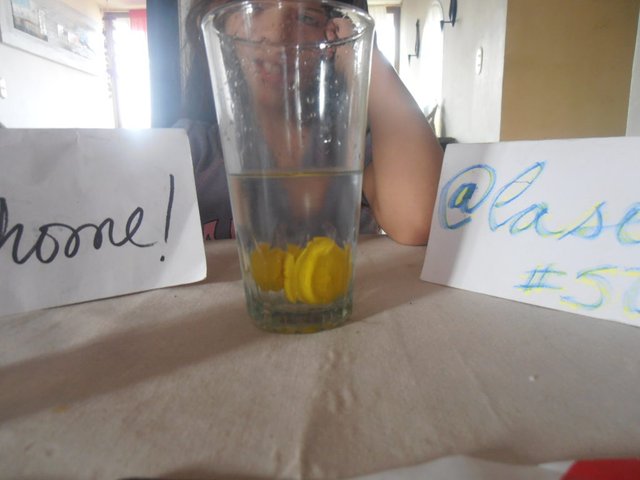
- If we add more water back to the mixture the balloon will float on the surface again.
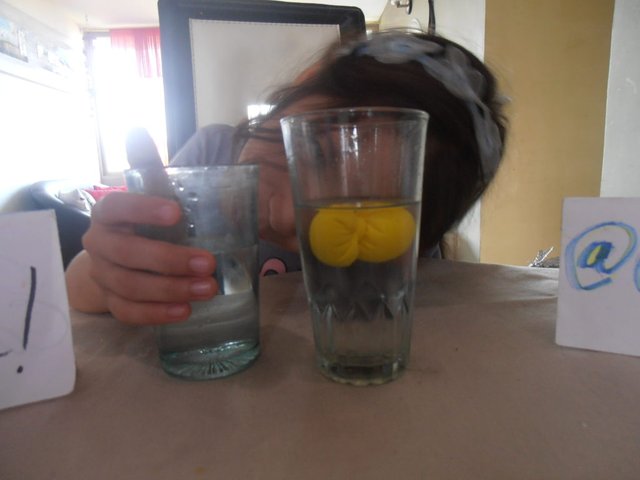
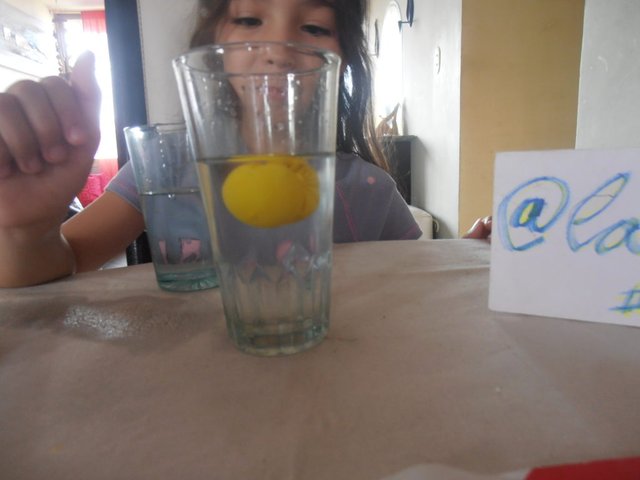
What has happened?
1st experiment:
By adding alcohol to the glass with water the density of the mixture decreases and the balloon full of water sinks.
2nd experiment:
By adding more water to the mixture the density of the mixture will rise and the balloon will float back to the surface.

Children love to do experiments. With them, while they have fun, they learn and ask questions about the world around them. Among its many benefits, scientific exploration, feeding, the child's natural curiosity, encouragement, stimulation, reasoning and logic, improving the ability to solve problems, improving self-esteem and preparing for understanding , understanding, understanding. Future It is not necessary to enjoy science to have a laboratory, be surprised by the amount of experiments that can be done with some materials made at home. So there's nothing else, get in touch with work and have fun with your children or students. I hope this article has been of interest and help, and I hope in my next post.



Posted from my blog with <a href='https://wordpress.org/plugins/steempress/http://lasocia.vornix.blog/2019/02/14/science-at-home-fun-homemade-experiments-for-the-little-ones-today-we-will-learn-about-the-density-and-buoyancy-4/
Awesome! Another great experiment! ♥
Your post has been featured on WAfrica daily curation. Thank you for your contribution.